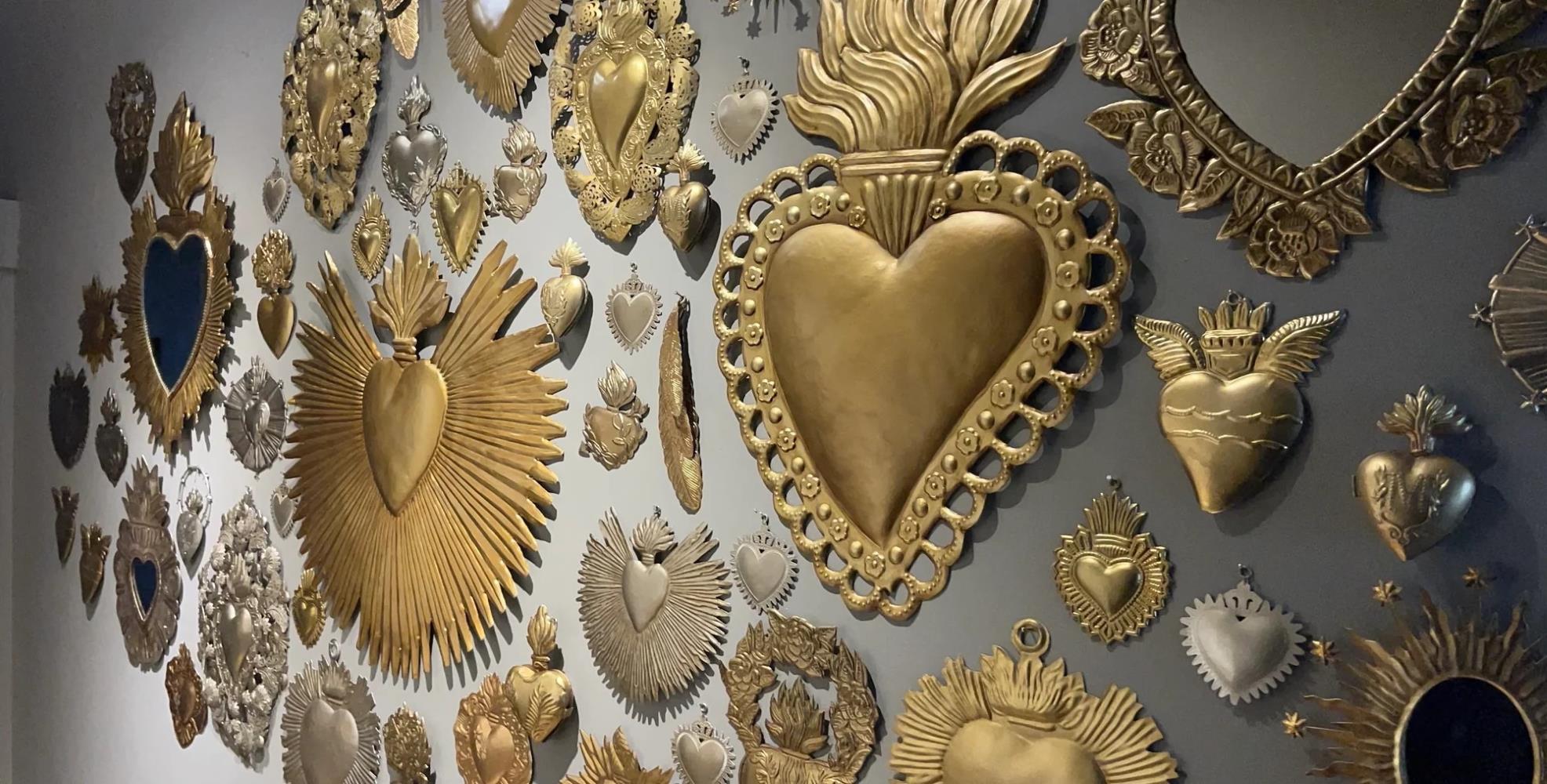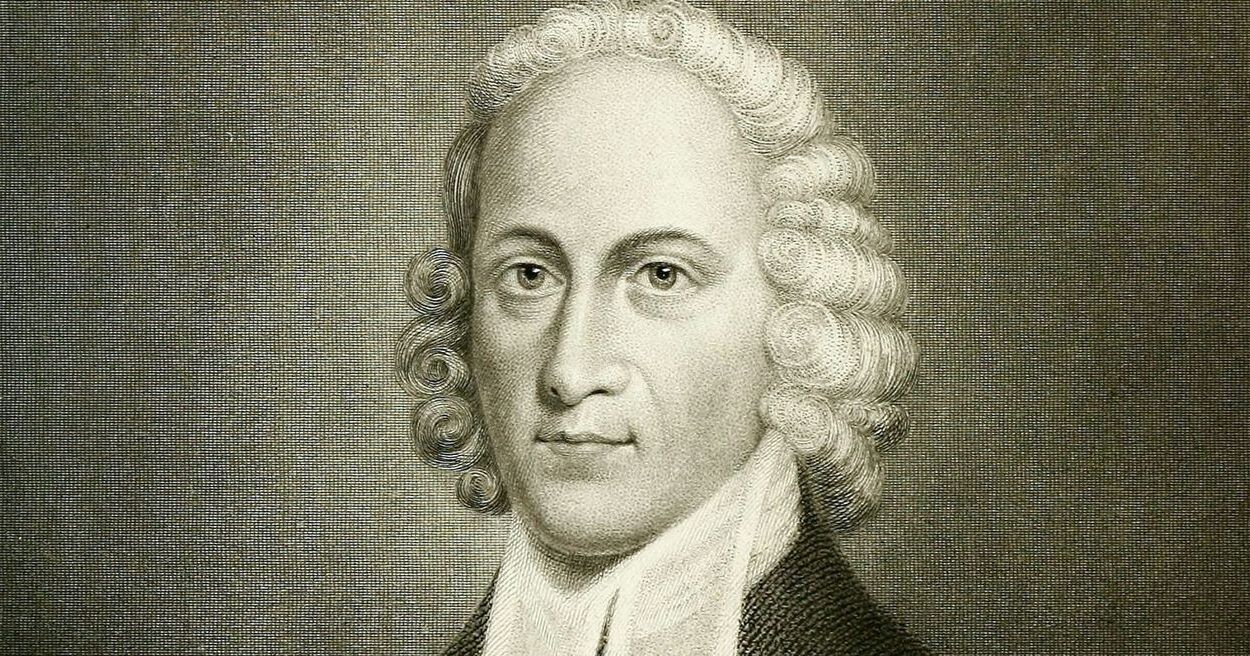
What is an Ex Voto? An Ex Voto is a religious offering given in fulfillment of a vow or in gratitude for divine intervention. These offerings can take many forms, such as paintings, sculptures, or small objects, and are often placed in churches or shrines. Ex Votos have a rich history, dating back to ancient civilizations, and are found in various cultures worldwide. They serve as tangible expressions of faith and devotion, often depicting miraculous events or personal stories of healing and salvation. Whether made of humble materials or crafted with great artistry, each Ex Voto tells a unique story of hope, gratitude, and belief.
What is an Ex Voto?
An Ex Voto is a religious offering given in fulfillment of a vow or in gratitude. These offerings can take many forms, from paintings to sculptures, and even written notes. Let's dive into some fascinating facts about Ex Votos.
-
Origins in Ancient Greece and Rome: Ex Votos have roots in ancient Greek and Roman cultures, where people offered gifts to gods in temples.
-
Meaning of the Term: The term "Ex Voto" comes from Latin, meaning "from a vow." It signifies a promise made to a deity in exchange for a favor.
-
Common in Catholicism: Ex Votos are particularly prevalent in Catholic traditions, often seen in churches and shrines.
-
Variety of Forms: These offerings can be anything from paintings, sculptures, and plaques to written notes or even body parts made of wax.
-
Pilgrimage Sites: Many famous pilgrimage sites, like Lourdes in France, are filled with Ex Votos left by grateful pilgrims.
Historical Significance
Ex Votos have played a significant role in religious and cultural history. They offer a glimpse into the beliefs and practices of different eras.
-
Medieval Europe: During medieval times, Ex Votos were common in Europe, often left at shrines dedicated to saints.
-
Aztec Culture: The Aztecs also had a form of Ex Voto, offering items to their gods in exchange for blessings or favors.
-
Renaissance Art: Some Renaissance artists created Ex Voto paintings, which are now considered valuable historical artifacts.
-
Colonial America: In colonial America, settlers brought the tradition of Ex Votos with them, integrating it into their new religious practices.
-
Modern-Day Practices: Today, Ex Votos are still used in various cultures around the world, from Mexico to Italy.
Artistic Expression
Ex Votos are not just religious artifacts; they are also works of art. Many are beautifully crafted and hold significant artistic value.
-
Folk Art: Many Ex Votos are considered folk art, created by ordinary people rather than professional artists.
-
Detailed Paintings: Some Ex Voto paintings are incredibly detailed, depicting the event or miracle that prompted the offering.
-
Sculptures and Statues: In some cultures, Ex Votos take the form of intricate sculptures or statues, often made of wood or metal.
-
Wax Models: In Italy, it's common to find wax models of body parts left as Ex Votos, representing the area of the body that was healed.
-
Cultural Influence: The artistic styles of Ex Votos often reflect the cultural and historical context in which they were created.
Personal Stories
Each Ex Voto tells a personal story of faith, hope, and gratitude. These stories add a deeply human element to the practice.
-
Miracle Narratives: Many Ex Votos include written narratives describing the miracle or event that inspired the offering.
-
Family Heirlooms: Some Ex Votos are passed down through generations, becoming cherished family heirlooms.
-
Community Bonds: In some communities, the practice of leaving Ex Votos strengthens social bonds and shared beliefs.
-
Expressions of Gratitude: At their core, Ex Votos are expressions of gratitude, often left in thanks for healing, protection, or answered prayers.
-
Emotional Impact: Visiting a site filled with Ex Votos can be an emotional experience, as each offering represents a deeply personal story of faith and hope.
Final Thoughts on Ex Voto
Ex Voto offers a fascinating glimpse into human history and culture. These tokens of gratitude, often left at religious sites, tell stories of personal miracles, answered prayers, and deep faith. From ancient Greece to modern-day Mexico, Ex Votos have been a part of many cultures, each adding its unique touch. They come in various forms, like paintings, sculptures, and even simple notes. Each one, regardless of its form, carries a powerful message of hope and thankfulness. Understanding Ex Voto helps us appreciate the diverse ways people express their spirituality and gratitude. Next time you visit a church or shrine, take a moment to look for these heartfelt offerings. They might just inspire you to reflect on your own moments of gratitude.
Was this page helpful?
Our commitment to delivering trustworthy and engaging content is at the heart of what we do. Each fact on our site is contributed by real users like you, bringing a wealth of diverse insights and information. To ensure the highest standards of accuracy and reliability, our dedicated editors meticulously review each submission. This process guarantees that the facts we share are not only fascinating but also credible. Trust in our commitment to quality and authenticity as you explore and learn with us.


